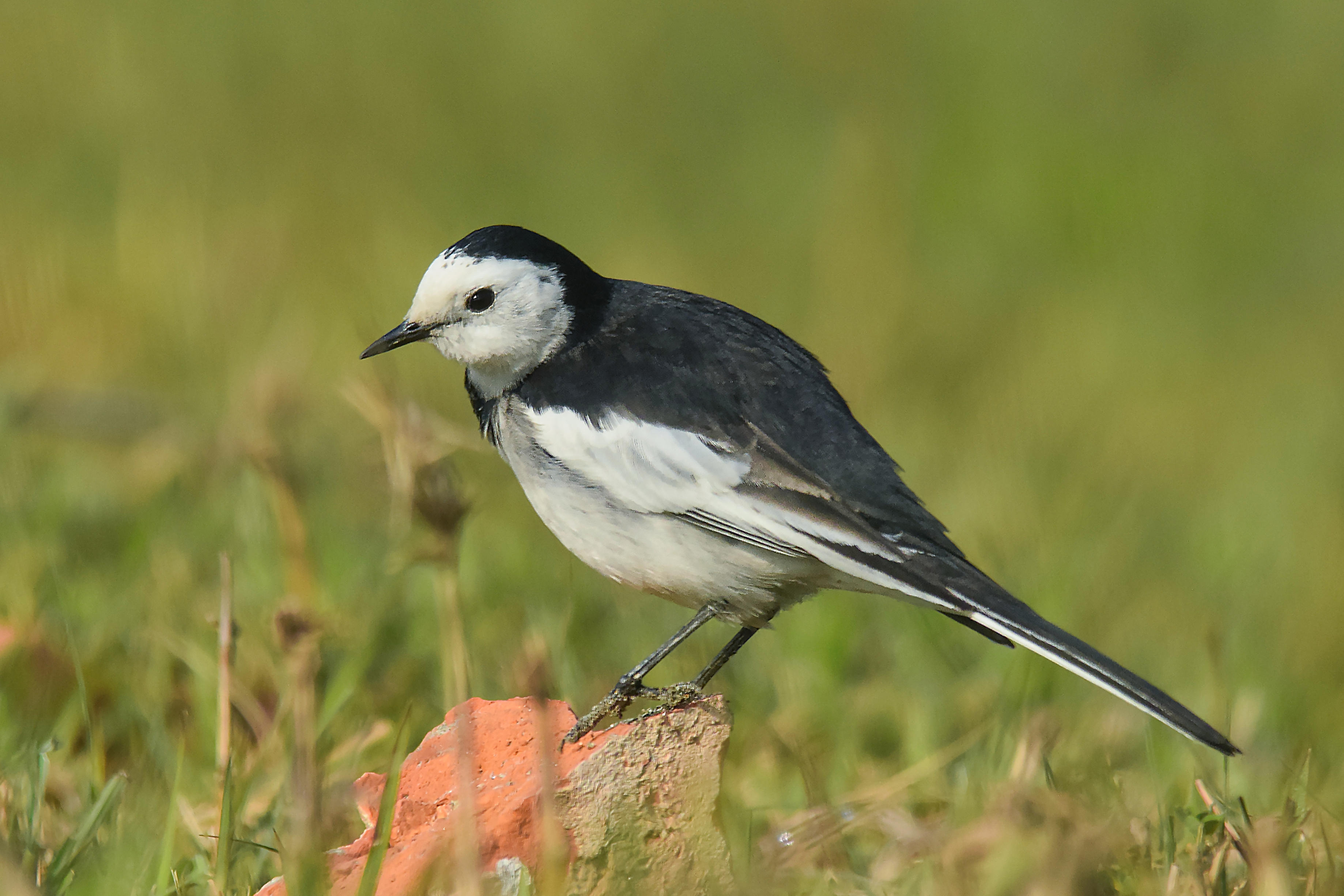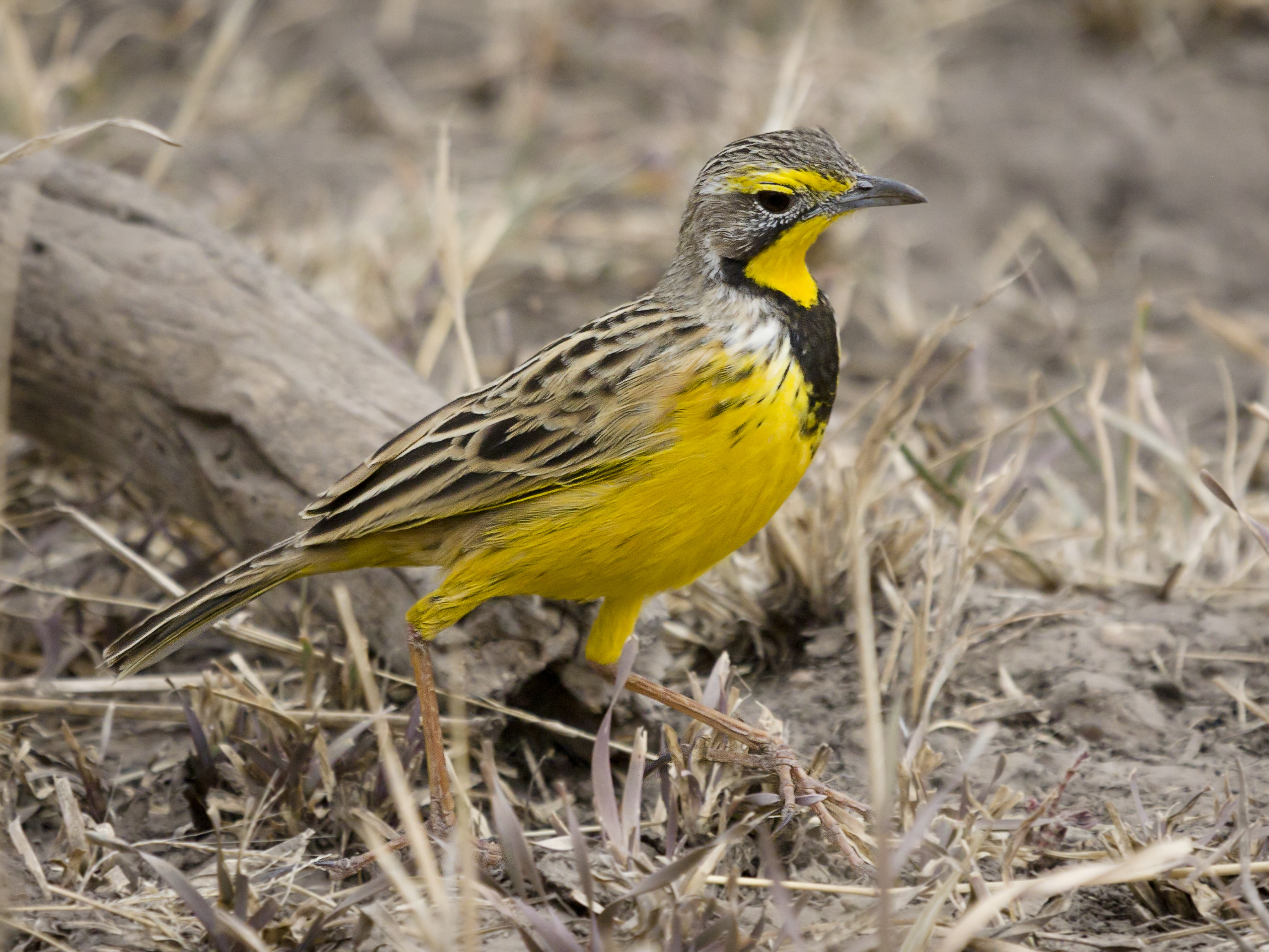|
Pipit
The pipits are a cosmopolitan genus, ''Anthus'', of small passerine birds with medium to long tails. Along with the wagtails and longclaws, the pipits make up the family Motacillidae. The genus is widespread, occurring across most of the world, except the driest deserts, rainforest and the mainland of Antarctica. They are slender, often drab, ground-feeding insectivores of open country. Like their relatives in the family, the pipits are monogamous and territorial. Pipits are ground nesters, laying up to six speckled eggs. Taxonomy and systematics The genus ''Anthus'' was introduced in 1805 by German naturalist Johann Matthäus Bechstein. The type species was later designated as the meadow pipit. The generic name ''Anthus'' is the Latin word for a small bird of grasslands mentioned by Pliny the Elder. Molecular studies of the pipits suggested that the genus arose in East Asia around seven million years ago (Mya), during the Miocene, and that the genus had spread to the Americ ... [...More Info...] [...Related Items...] OR: [Wikipedia] [Google] [Baidu] |
Motacillidae
The wagtails, longclaws, and pipits are a family (biology), family, Motacillidae, of small passerine birds with medium to long tails. Around 70 species occur in five genus, genera. The longclaws are entirely restricted to the Afrotropics, and the wagtails are predominantly found in Europe, Africa, and Asia, with two species bird migration, migrating and breeding in Alaska. The pipits have the most cosmopolitan distribution, being found mostly in the Old World, but occurring also in the Americas and oceanic islands such as New Zealand and the Falklands. Two African species, the yellow-breasted pipit and Sharpe's longclaw, are sometimes placed in a separate seventh genus, ''Hemimacronyx'', which is closely related to the longclaws. Most motacillids are ground-feeding insectivores of slightly open country. They occupy almost all available habitats, from the shore to high mountains. Wagtails prefer wetter habitats than the pipits. A few species use forests, including the forest wagtai ... [...More Info...] [...Related Items...] OR: [Wikipedia] [Google] [Baidu] |
Paddyfield Pipit
The paddyfield pipit or Oriental pipit (''Anthus rufulus'') is a small passerine bird in the pipit and wagtail family. It is a resident (non- migratory) breeder in open scrub, grassland and cultivation in southern Asia east to the Philippines. Although among the few breeding pipits in the Asian region, identification becomes difficult in winter when several other species migrate into the region. The taxonomy of the species is complex and has undergone considerable changes. Description This is a large pipit at 15 cm, but is otherwise an undistinguished looking bird, mainly streaked grey-brown above and pale below with breast streaking. It is long legged with a long tail and a long dark bill. Sexes are similar. Summer and winter plumages are similar. Young birds are more richly coloured below than adults and have the pale edges to the feathers of the upper parts more conspicuous with more prominent spotting on the breast. The population ''waitei'' from north-western India and ... [...More Info...] [...Related Items...] OR: [Wikipedia] [Google] [Baidu] |
Richard's Pipit
Richard's pipit (''Anthus richardi'') is a medium-sized passerine bird which breeds in open grasslands in the East Palearctic. It is a long-distance bird migration, migrant moving to open lowlands in the Indian subcontinent and Southeast Asia. It is a rare but regular vagrant to western Europe. The genus name ''Anthus'' is the Latin name for a small bird of grasslands. The English name and ''richardi'' are for the French naturalist Charles Richard (1745–1835), director of postal services at Lunéville and friend of Francois Levaillant. It belongs to the pipit genus ''Anthus'' in the family Motacillidae. It was formerly lumped together with the Australasian pipit, Australasian, African pipit, African, mountain pipit, mountain and paddyfield pipits in a single species: Richard's pipit, ''Anthus novaeseelandiae''. These pipits are now commonly considered to be separate species although the African and paddyfield pipits are sometimes treated as part of ''A. richardi''. Description ... [...More Info...] [...Related Items...] OR: [Wikipedia] [Google] [Baidu] |
New Zealand Pipit
The New Zealand pipit (''Anthus novaeseelandiae'') is a fairly small passerine bird of open country in New Zealand and outlying islands. It belongs to the pipit genus ''Anthus'' in the family Motacillidae. It was formerly lumped together with the Richard's, African, Mountain and Paddyfield pipits in a single species: Richard's pipit, ''Anthus novaeseelandiae''. Many authors split the Australasian pipit further into two species: Australian pipit ('' Anthus australis'') in Australia and New Guinea and New Zealand pipit (''Anthus novaeseelandiae''), also called pīhoihoi, in New Zealand. Taxonomy The New Zealand pipit was formally described in 1789 by the German naturalist Johann Friedrich Gmelin in his revised and expanded edition of Carl Linnaeus's ''Systema Naturae''. He placed it with the larks in the genus '' Alauda'' and coined the binomial name ''Alauda novaeseelandiae''. Gmelin based his account on the "New Zealand lark" that had been described and illustrated in 1783 ... [...More Info...] [...Related Items...] OR: [Wikipedia] [Google] [Baidu] |
Meadow Pipit
The meadow pipit (''Anthus pratensis'') is a small passerine bird that breeds throughout much of the Palearctic, from south-eastern Greenland and Iceland east to just east of the Ural Mountains in Russia, and south to central France and Romania; an isolated population also occurs in the Caucasus Mountains. It is migratory over most of its range, wintering in southern Europe, North Africa, and south-western Asia, but is resident year-round in western Europe, although even here many birds move to the coast or lowlands in winter. Taxonomy The meadow pipit was formally described by Swedish naturalist Carl Linnaeus in 1758 in the 10th edition of his ''Systema Naturae'' under the binomial name ''Alauda pratensis''. The type locality is Sweden. The meadow pipit is now the type species of the genus ''Anthus'' that was introduced in 1805 by German naturalist Johann Matthäus Bechstein. The species is monotypic; no subspecies are recognised. The generic name ''Anthus'' is the Latin n ... [...More Info...] [...Related Items...] OR: [Wikipedia] [Google] [Baidu] |
African Pipit
The African pipit (''Anthus cinnamomeus'') is a fairly small passerine bird belonging to the pipit genus ''Anthus'' in the family Motacillidae. It is also known as the grassveld pipit or grassland pipit. It was formerly lumped together with the Richard's, Australian, mountain and paddyfield pipits in a single species, Richard's pipit (''Anthus novaeseelandiae''), but is now often treated as a species in its own right. Subspecies Some 15 subspecies are recognized: * ''A. (c.) camaroonensis'' Shelley, 1900 – highlands of western Cameroon * ''A. c. lynesi'' Bannerman & Bates, 1926 – southeastern Nigeria to southwestern Sudan * ''A. c. stabilis'' Clancey, 1986 – locally in Sudan and South Sudan * ''A. c. cinnamomeus'' Rüppell, 1840 – locally in Ethiopian Highlands, Ethiopian highlands * ''A. c. eximius'' Clancey, 1986 – southern Arabian Peninsula, Arabian peninsula * ''A. c. annae'' R.Meinertzhagen, 1921 – coastal Horn of Africa to coastal Tanzania * ''A. c. itombwensis ... [...More Info...] [...Related Items...] OR: [Wikipedia] [Google] [Baidu] |
Nilgiri Pipit
The Nilgiri pipit (''Anthus nilghiriensis'') is a distinctive species of pipit that is endemic to the high altitude hills of southern India. Richer brown in colour than other pipits in the region, it is distinctive in having the streaking on the breast continuing along the flanks. It is non-migratory and has a tendency to fly into low trees when disturbed and is closely related to the tree pipits ''Anthus hodgsoni'' and ''Anthus trivialis''. Description The Nilgiri pipit is about long and is richly coloured, has dark lores, a buff supercilium and throat. It lacks any malar stripes. The flanks, breast and sides of neck are brighter buff and that bill is completely dark. The crown is heavily streaked in black as are the upperparts. The outer tail feathers are also buff coloured and there is no white in the plumage. The streaking on the breast is fine and it extends along the flanks. The first four primaries of the wing are almost equal and the fifth is about 1–2 mm shorte ... [...More Info...] [...Related Items...] OR: [Wikipedia] [Google] [Baidu] |
Australian Pipit
The Australian pipit (''Anthus australis'') is a fairly small passerine bird of open country in Australia and New Guinea. It belongs to the pipit genus ''Anthus'' in the family Motacillidae. Description It is a slender bird, 16 to 19 cm long, and weighs about 40 grams. The plumage is pale brown above with dark streaks. The underparts are pale with streaks on the breast. There is a pale stripe over the eye and dark malar and moustachial stripes. The long tail has white outer-feathers and is often wagged up and down. The legs are long and pinkish-brown while the bill is slender and brownish. It has a sparrow-like ''chirruping'' call and a drawn-out ''tswee'' call. Taxonomy The Australian pipit was formerly grouped with other pipits as Richard's pipit ''Anthus novaeseelandiae''. This species was split into Richard's, African, Mountain, Paddyfield and Australasian pipits. Many authors further split the Australasian pipit into two species: Australian pipit (''Anthu ... [...More Info...] [...Related Items...] OR: [Wikipedia] [Google] [Baidu] |
Wagtail
Wagtails are a group of passerine birds that form the genus ''Motacilla'' in the family Motacillidae. The common name and genus name are derived from their characteristic tail pumping behaviour. Together with the pipits and longclaws they form the family Motacillidae. The forest wagtail belongs to the monotypic genus ''Dendronanthus'' which is closely related to ''Motacilla'' and sometimes included therein. The willie wagtail (''Rhipidura leucophrys'') of Australia is not a true wagtail; it was named as such by early settlers from England from its superficial similarity in colour and behaviour to the pied wagtail, but belongs to an unrelated genus of birds known as fantails. Taxonomy The genus ''Motacilla'' was described by the Swedish naturalist Carl Linnaeus in 1758 in the 10th edition of Systema Naturae, tenth edition of his ''Systema Naturae''. The type species is the white wagtail. ''Motacilla'' is the Latin name for the pied wagtail; although actually a diminutive of ... [...More Info...] [...Related Items...] OR: [Wikipedia] [Google] [Baidu] |
Longclaw
The longclaws are a genus, ''Macronyx'', of small African passerine birds in the family Motacillidae. Longclaws are slender, often colorful, ground-feeding insectivores of open country. They are ground nesters, laying up to four speckled eggs. They are named for their unusually long hind claws, which are thought to help walk on grass. There are only between 10,000 and 19,000 Sharpe's longclaw left in Kenya. The genus ''Macronyx'' was introduced by the English naturalist William Swainson in 1827 with the Cape longclaw as the type species. The name combines the Classical Greek Ancient Greek (, ; ) includes the forms of the Greek language used in ancient Greece and the ancient world from around 1500 BC to 300 BC. It is often roughly divided into the following periods: Mycenaean Greek (), Dark Ages (), the Archa ... words "long" or "great" and "claw". Species list The genus contains eight species: References External linksLongclaw videoson the Internet Bird Colle ... [...More Info...] [...Related Items...] OR: [Wikipedia] [Google] [Baidu] |
Passerine
A passerine () is any bird of the order Passeriformes (; from Latin 'sparrow' and '-shaped') which includes more than half of all bird species. Sometimes known as perching birds, passerines generally have an anisodactyl arrangement of their toes (three pointing forward and one back), which facilitates perching. With more than 140 families and some 6,500 identified species, Passeriformes is the largest order of birds and one of the most diverse clades of terrestrial vertebrates, representing 60% of birds.Ericson, P.G.P. et al. (2003Evolution, biogeography, and patterns of diversification in passerine birds ''J. Avian Biol'', 34:3–15.Selvatti, A.P. et al. (2015"A Paleogene origin for crown passerines and the diversification of the Oscines in the New World" ''Molecular Phylogenetics and Evolution'', 88:1–15. Passerines are divided into three suborders: New Zealand wrens; Suboscines, primarily found in North and South America; and songbirds. Passerines originated in the ... [...More Info...] [...Related Items...] OR: [Wikipedia] [Google] [Baidu] |





